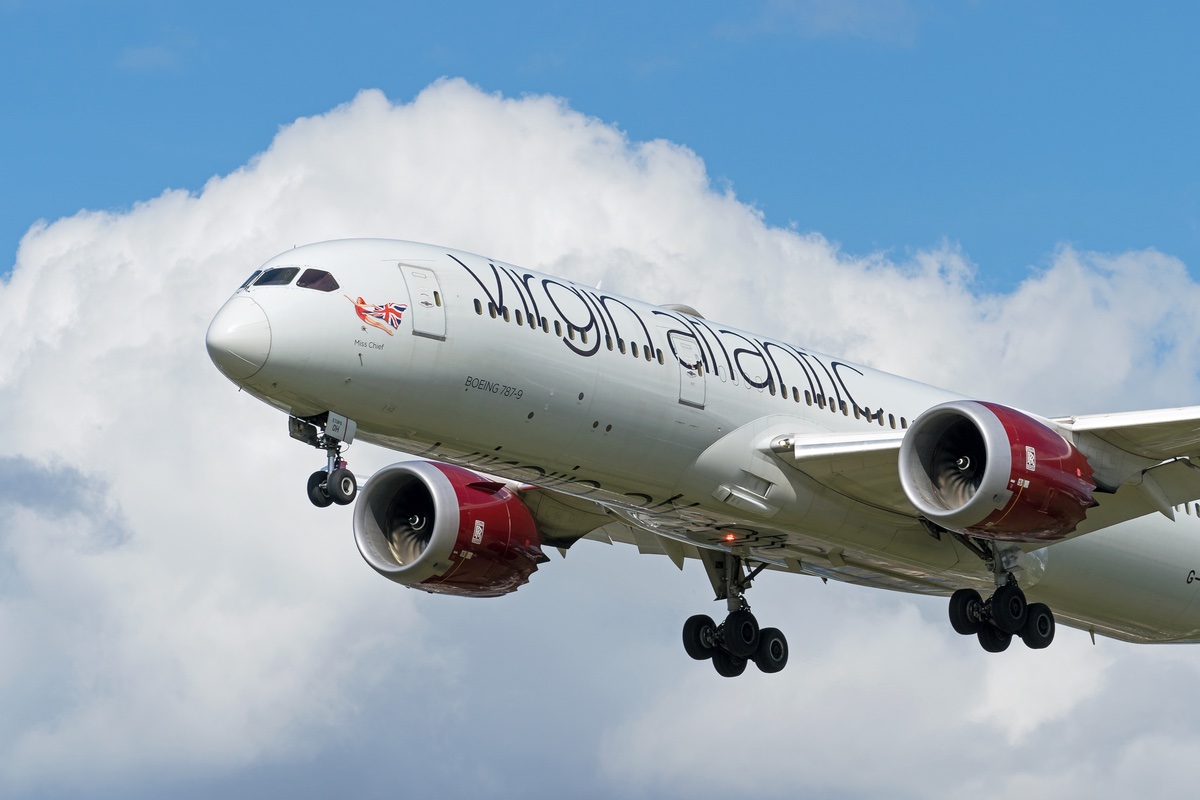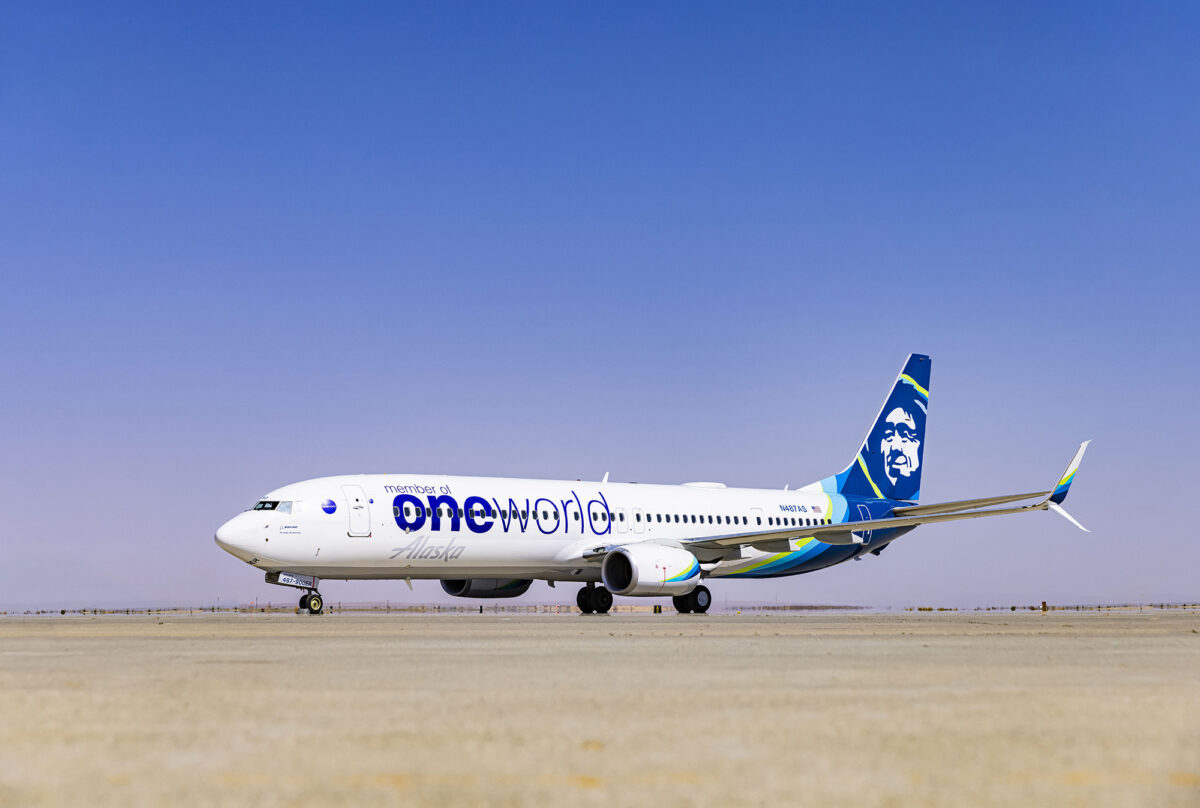Thailand Wants Travelers to Visit New Places: Will Tour Operators Get On Board?

Skift Take
Tourism in Thailand is going through a transitional period in which increased demand is compelling travel companies to offer vacationers many more options.
At the Thailand Travel Mart in June, government officials worked hard to convince tour operators and hoteliers to look beyond the country's most popular destinations and push tourists to a variety of less-developed regions.
The Tourism Authority of Thailand targeted 55 emerging destinations, which saw a 5 percent increase in arrivals by foreign tourists in 2018 over 2017. Most operators seemed receptive to expanding their current programs beyond the typical Bangkok, Chiang Mai, Phuket, and Koh Samui itineraries since North American operators, in particular, are seeing increased demand.
Jeff Element, president of The Travel Corporation in Canada, emphasized its current tours mainly focus on culture and history and welcomes the push for emerging destinations and more local experiences.
“This will help with our culture and history part of our trips. I think it would be great to spend more time in the north and even go into the mountains and spend time with some of the tribes,” said Element. He adds most of their customers want to understand the way of life now and how it was in the past, with food probably being the next most important component of the trip. Spending time at the beach is less a priority for their customers.
Mo Noubani, president of Orlando-based The Travel Box International, welcomes the push for new destinations but cautions that operators need to understand its clients' needs and expectations.
“Before we dive into that [emerging destinations], we have to, as travel operators, have a good understanding of the destinations we are encouraging clients to visit," said Noubani. "There should be a valid reason on why to pair or suggest an ‘emerging destination’ to that specific client. For example, Sukhothai, a jewel in Thai tourism, would be great for clients who enjoy history and culture. It might not be the best fit for the client seeking the beaches and fun-in-the-sun type of destination."
People still want to experience Thailand’s more popular destinations, but most operators agree travelers, especially repeat visitors, to Thailand are increasingly interested in interaction with the local culture and venturing off the beaten path.
Chiang Rai is the most visited new destination, made more popular recently with the well-publicized 2018 cave rescue of the Wild Boars soccer team. Trat and the islands of Ko Chang and Ko Kut are becoming increasingly popular beach destinations, especially by young Europeans.
Sukhothai, the first capital of the Kingdom and acclaimed for its UNESCO World Heritage Site, Sukhothai Historical Park, is becoming a sought-after choice for tours directed toward history and cultural travelers.
Local Experiences, Local Challenges
Tourism arrivals to Thailand in 2018 reached 38,277,300, a 7.5 percent increase over 2017. The top three countries sending visitors to Thailand were China, Malaysia, and India. The United States generated 1,123,248 visitors in 2018, a 6.3 percent increase over the previous year.
With a forecast to reach 40 million tourists in the next year, Thailand is redefining the type of markets it desires and ways to distribute the tourists to lesser-known areas. Too many tourists resulted in the closure of Maya Island until 2021 due to the damaged eco-system and coral reef from tourists. Various initiatives have also been introduced to reduce the use of plastic in Thailand, including a marketing campaign recommending visitors bring reusable water bottles.
Somsak Boonkam, founder and CEO of Local Alike, a social enterprise that develops and promotes community-based tourism in Thailand, Taiwan, and Vietnam, presented a series of Thailand-based experts who spoke on a variety of social, cultural, environmental, and development topics including “Slumdog Millionaire, the Transformation of Klongtoey.”
Boonkam has worked with more than 100 villages and small communities. Not all villages have welcomed Boonkam and his efforts to bring community tourism to their village. Some villages have taken a pass despite his best efforts.
The first challenge is educating villagers on tourism’s economic benefits and the vital resources it can bring to the community, such as better housing, transportation links, and community services.
Boonkam identifies the special attributes the community can bring and what tourists can learn from the community. Mass tourism is not the goal but sustained, socially responsible tourism where the community benefits economically and tourists discover a community’s true culture and way of life.
Would tourists go to so-called slums? Boonkam thinks so. He transformed Klong Toey, a Bangkok urban decay community, into an area where his company now conducts tours for tourists.
Boonkam is the first to admit it’s no easy task and can take years to develop. He proudly points out the community generated 500,000 Baht (approximately $16,000) from tourists. That's a drop in the bucket for a big city, but to a small so-called slum area it’s a pot of gold. The residents, Boonkam said, are “proud to live in a slum.”
Thailand has been a beneficiary of mass tourism, but it now needs to build up the necessary infrastructure to convince operators, travel advisors, and travelers to go beyond the popular cities and islands and discover Thailand’s other treasures with sustained, socially responsible tourism.




